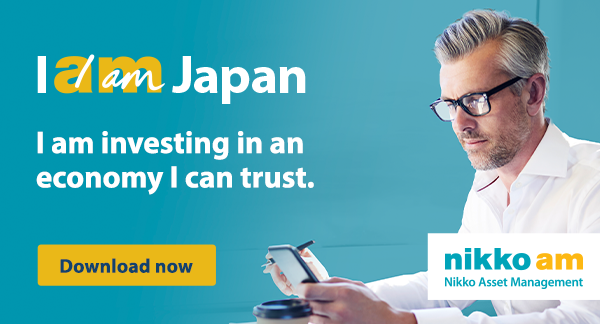Insights
Global Investment Committee’s outlook
We expect occasionally quite volatile, but positive trends for the global economy, financial system and markets in each of the next four quarters. Regionally, we prefer the European market for the next two quarters, and also include Japan’s on a 9–12-month view.
Balancing Act-Monthly insights: Multi-Asset Team-June 2023
The divergence in growth outlook reflected in equities continues to widen, as secular growth in the form of tech and artificial intelligence (AI) developments appears to have the upper hand in determining the overall market direction. This is evident with the tech sector being up (and Japan, for different reasons) while most other sectors and geographies are down over the month. This defies conventional wisdom—that earnings can continue to grow into a recession, but these disruptive developments are indeed significant, and perhaps this is the right directional prognosis should a recession prove to be shallow.
Why investors should consider increasing their exposure to Japan
A stable political backdrop is just one of several key considerations supportive of investors increasing their exposure to Japanese equities, in our view. We believe that reforms to both its corporate governance structure and the configuration of its stock market have made Japan a more attractive investment destination for global investors. The removal of COVID-19 inbound travel restrictions is expected to provide Japan with an additional economic boost, with tourism further benefitting from the yen’s relative weakness.
On the Ground in Asia-Monthly Insights: Asian Fixed Income-May 2023
We remain constructive on relatively higher-yielding Philippine, Indian and Indonesian government bonds, on the back of the relatively supportive macro backdrop for these countries. As for currencies, we expect the Thai baht and Indonesian rupiah to continue outperforming regional peers.
New Zealand Fixed Income Monthly – May 2023
In an encouraging sign for New Zealand, the Reserve Bank of New Zealand (RBNZ) signalled in May that the Official Cash Rate is likely to have peaked at its current level of 5.5%. The RBNZ appears to have shifted its focus from inflationary pressures to factors that will drive inflation down. Factors cited include weak global growth, easing inflationary pressures among New Zealand’s trading partners and reductions in supply chain constraints.
New Zealand Equity Monthly – May 2023
The Reserve Bank of New Zealand’s decision to have the Official Cash Rate (OCR) peak at 5.5% surprised the market, which had started to price in a peak of 5.75% or 6.0%. The lower-than-expected peak in the OCR is positive for equities as higher interest rates dampen spending by consumers and businesses.
On-the-ground view of post-COVID China
A recent trip to China offered first-hand observations of the country’s technological advancement, changing consumer patterns and new social norms as the world’s second largest economy moves on from the pandemic.
As the developed world continues to struggle with inflation and a lack of growth, Asia stands out as the bright spot, with inflation well in check and monetary cycles peaking ahead of the West. Growth in Asia is also expected to outperform the West over the next few years, reversing a decade-long trend of developed world growth outperformance.
Navigating Japan Equities: Monthly Insights from Tokyo (June 2023)
This month we discuss the factors behind the Nikkei’s rise to a 33-year high; we also assess Japan’s opportunity to re-invent itself as a technology hub with leading global chipmakers bringing investments and manufacturing to its shores.
Global Equity Quarterly (Q1 2023)
At times of stress, we believe that it makes sense for investors to reach for something that has recently provided comfort. Our view is that that is exactly what we have seen in Q1, as banking stock volatility has led investors back into the technology sector. Q1 is now behind us though and is often a time of the year characterised by mean reversion such as we saw in 2022.















